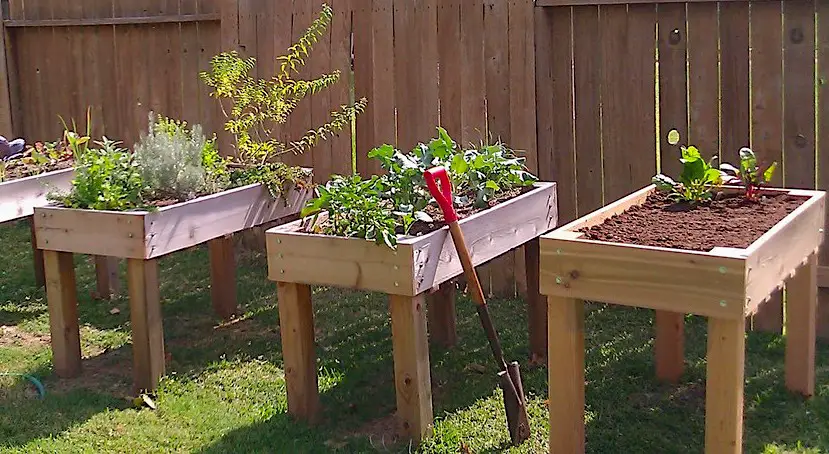How to Grow Asters
Asters thrive under ideal conditions and bloom easily with minimal care required, making them one of the easiest flowers to maintain and resistant to diseases and pests. Plant asters in spring, keeping their soil moist but not saturated. Mulching will help retain moisture and control weeds; additionally, divide clumps every couple years for improved health …










